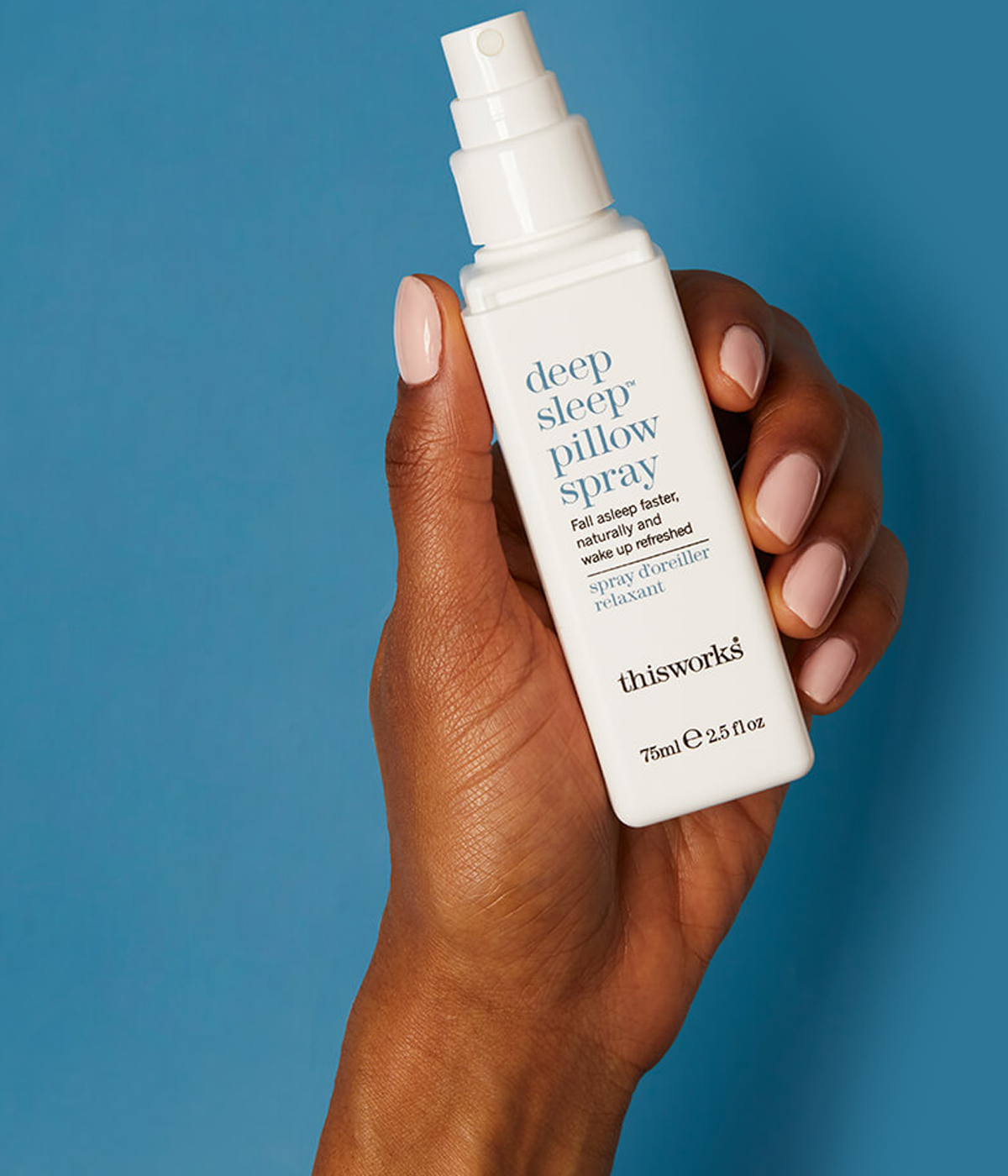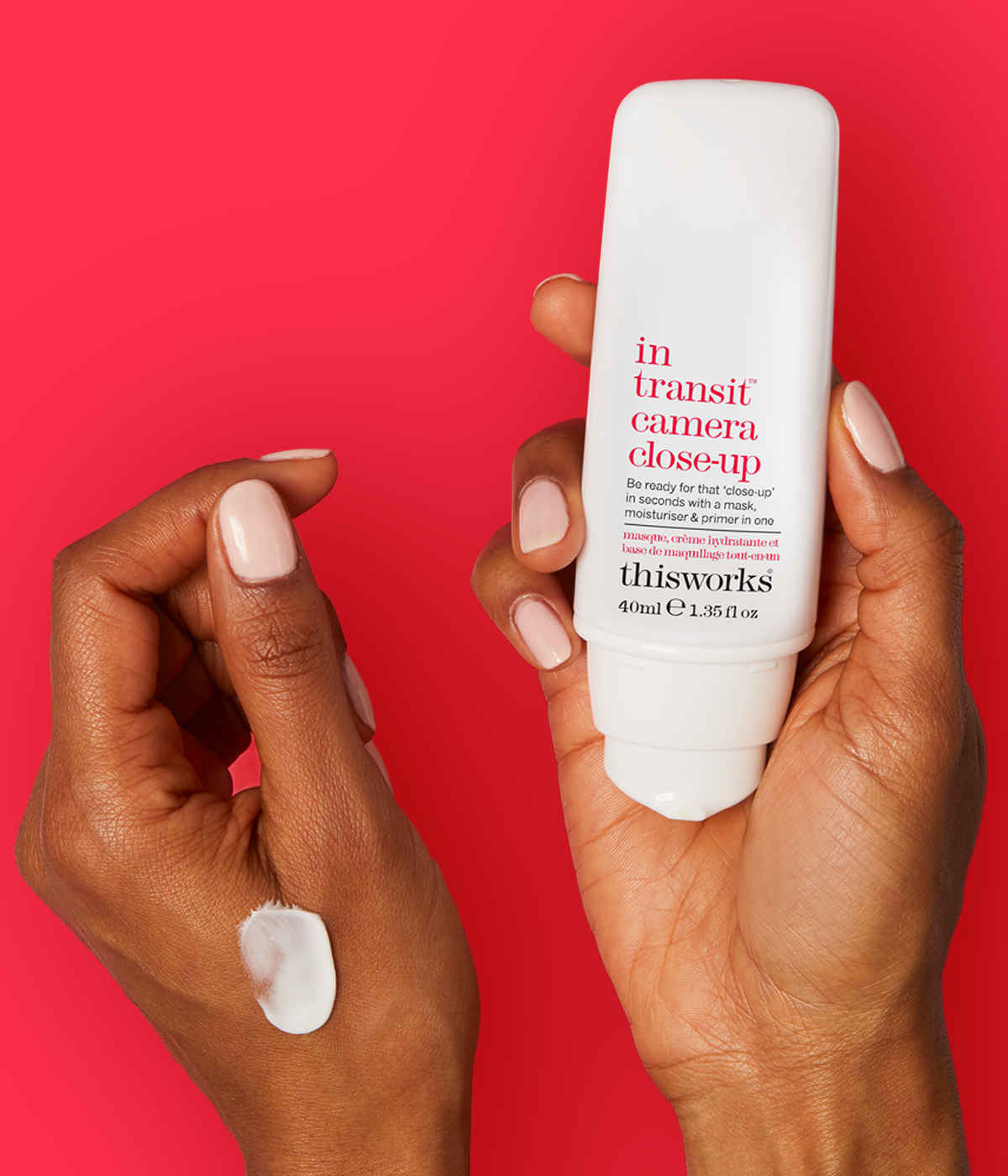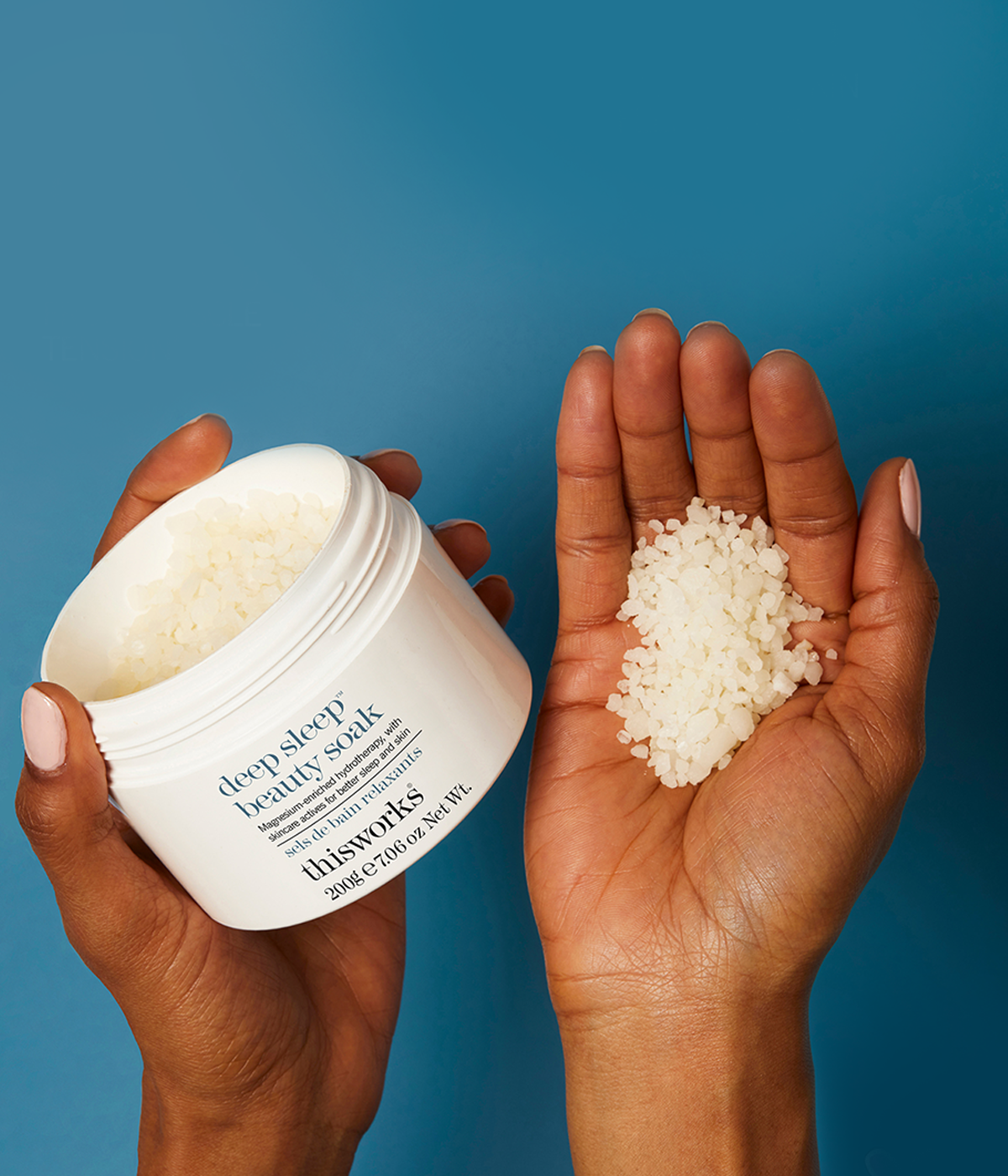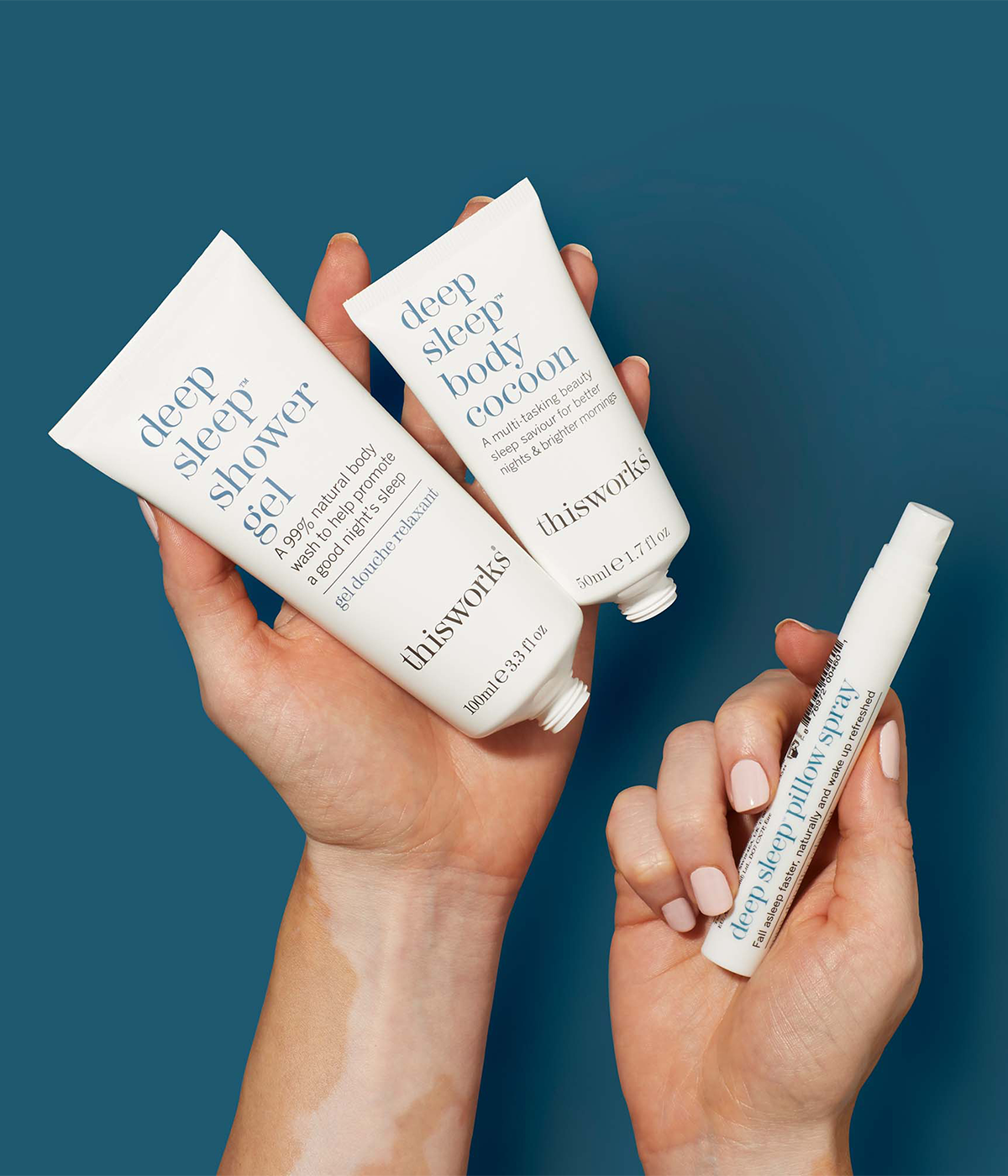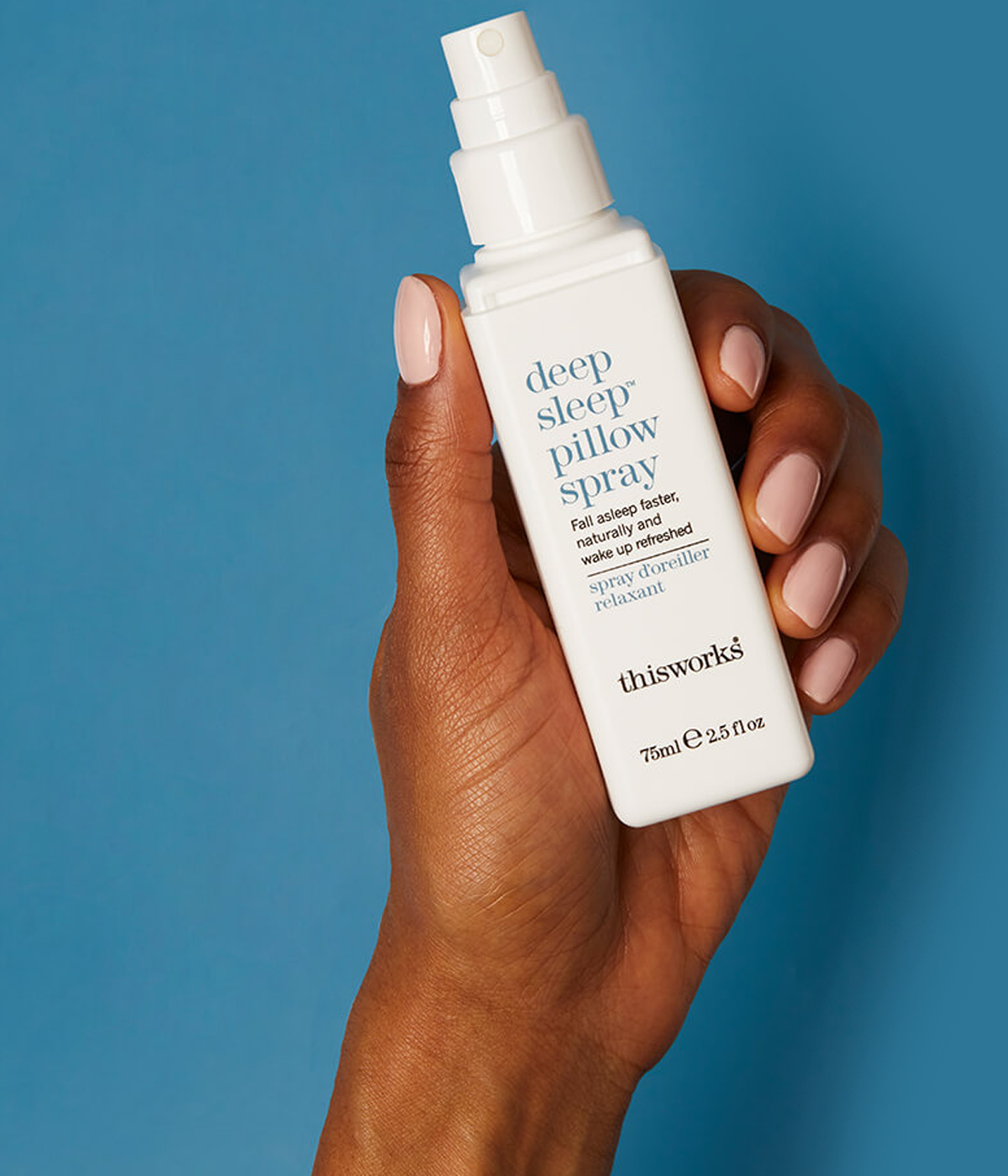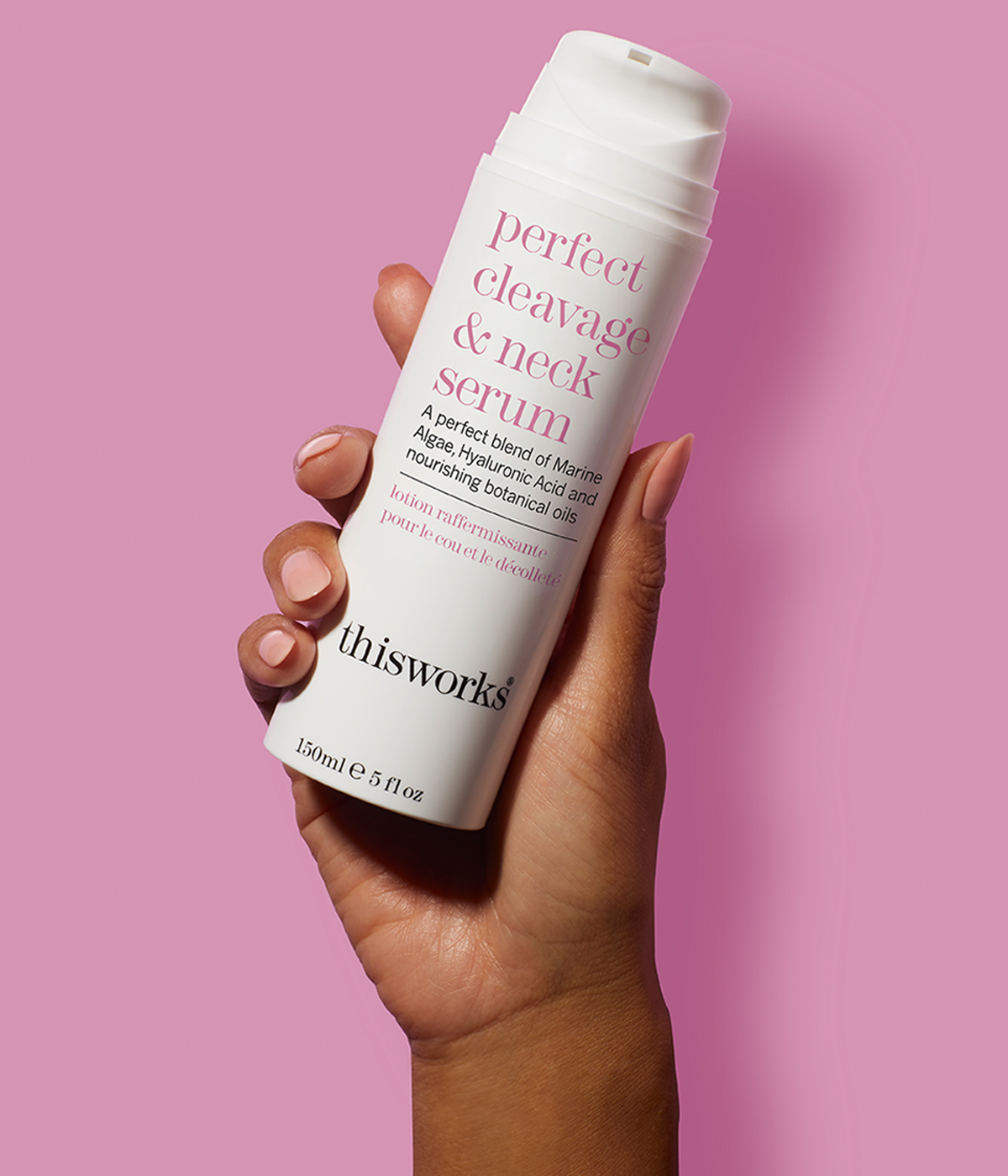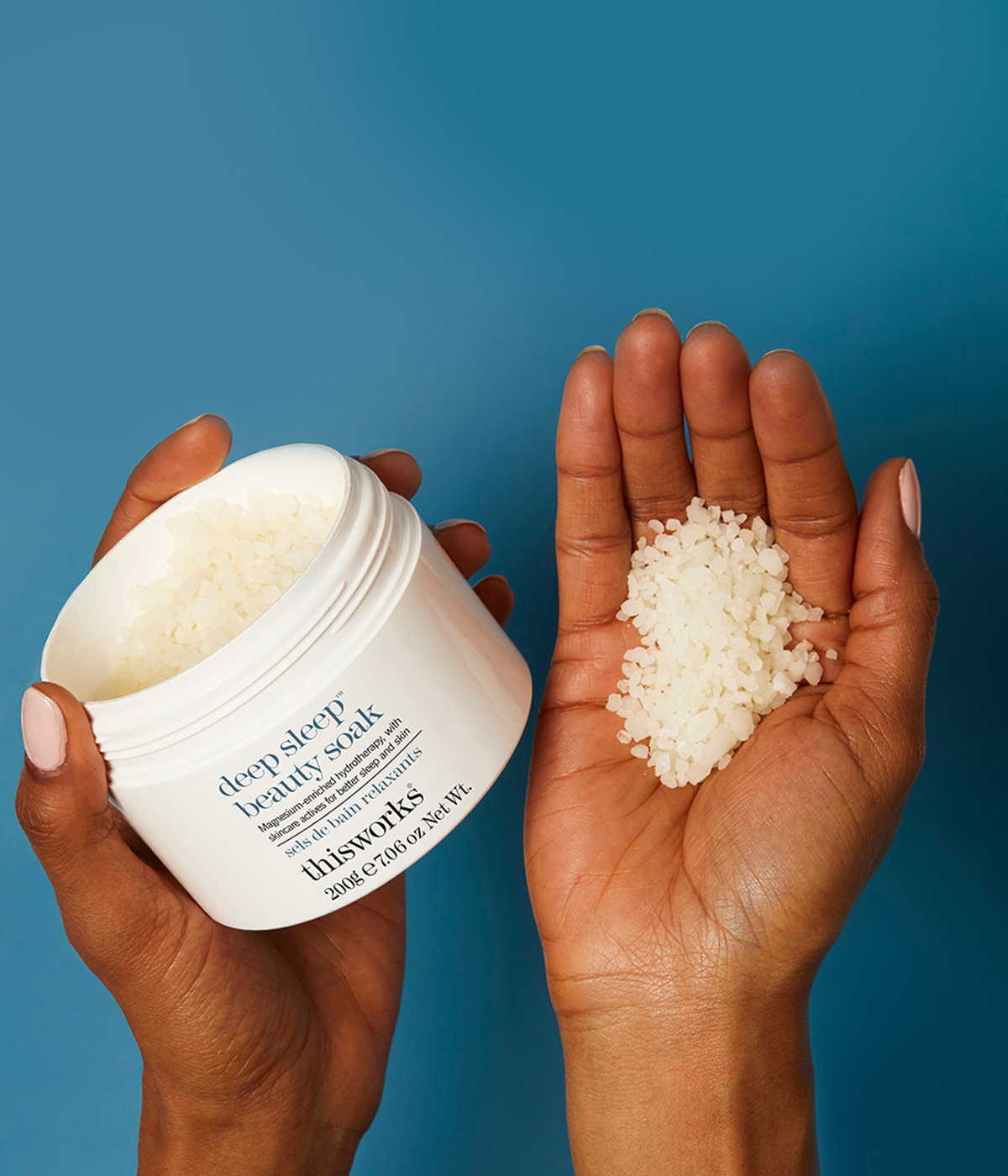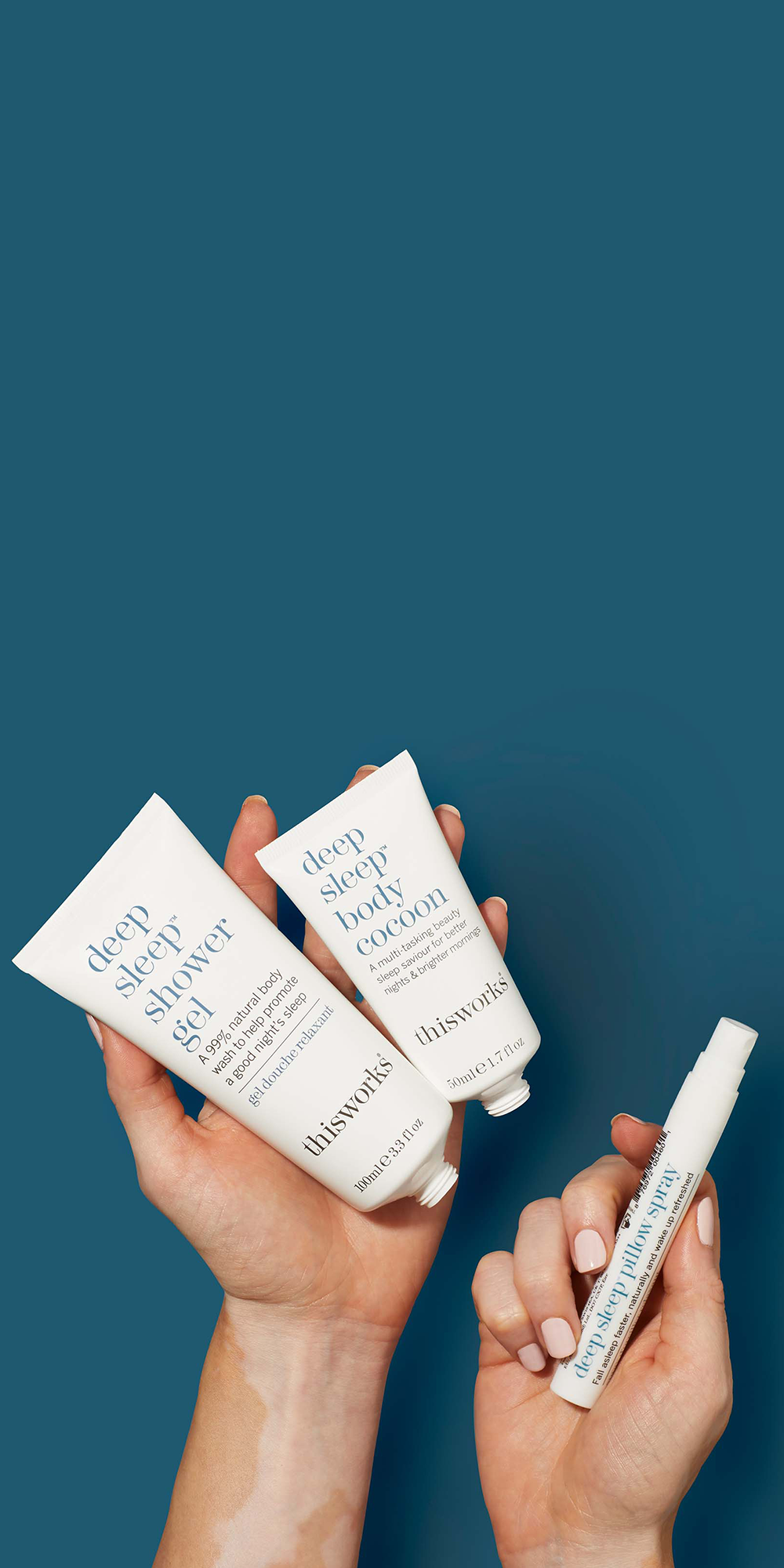Red Light Therapy
Red light therapy (RLT), also known as low-level laser therapy (LLLT) or photobiomodulation (PBM), is a non-invasive treatment modality that utilizes specific wavelengths of red and near-infrared light to stimulate cellular function. This therapy has garnered attention for its potential benefits in dermatology and trichology, particularly concerning skin rejuvenation and hair regrowth.
Mechanism of Action
RLT operates by delivering light in the red (typically 620–750 nm) and near-infrared (750–1200 nm) spectra to the skin. These wavelengths penetrate tissue and are absorbed by mitochondrial chromophores, notably cytochrome c oxidase. This absorption enhances mitochondrial respiration, leading to increased adenosine triphosphate (ATP) production, modulation of reactive oxygen species, and activation of transcription factors. Consequently, these processes promote cellular proliferation, migration, and anti-inflammatory effects, facilitating tissue repair and regeneration.
Benefits for Skin Health
Collagen production/Firming
RLT has demonstrated efficacy in improving various skin conditions. Studies have shown that red and near-infrared light can stimulate fibroblast proliferation, enhancing collagen and elastin synthesis, which are vital for maintaining skin elasticity and reducing the appearance of wrinkles and fine lines. Additionally, RLT has been employed in the treatment of acne, psoriasis, and wound healing, owing to its anti-inflammatory properties and ability to enhance microcirculation.
This study by Lee et al. (2007) demonstrated that LED phototherapy significantly improved skin complexion and collagen density, as evidenced by clinical, histologic, and ultrastructural evaluations.
A prospective, randomized, placebo-controlled, double-blinded, and split-face clinical study on LED phototherapy for skin rejuvenation: clinical, profilometric, histologic, ultrastructural, and biochemical evaluations and comparison of three different treatment settings - PubMed
Cellulite Reduction
The application of RLT in conjunction with other modalities has been explored for cellulite treatment. Fink et al. (2006) conducted a pilot study using intense pulsed light (IPL) combined with a retinyl-based cream, observing improvements in skin texture and a reduction in cellulite appearance.
In adipose tissue, this promotes the release of stored lipids via transient pore formation in the cell membrane and supports the breakdown of triglycerides, leading to a visible reduction in fat cell volume. Simultaneously, RLT enhances microvascular perfusion through nitric oxide–mediated vasodilation and improves lymphatic drainage, helping clear excess interstitial fluid and lipid by-products. In the dermis, RLT stimulates fibroblast activity, increasing the synthesis of type I and III collagen and elastin, which contributes to dermal thickening and structural remodeling that smooths the skin surface and reduces dimpling. Moreover, RLT exerts anti-inflammatory effects by reducing pro-inflammatory cytokines like IL-6 and TNF-α and shifting macrophage populations toward an M2 anti-inflammatory phenotype, which helps mitigate the fibrotic and inflammatory environment that exacerbates cellulite.
Applications in Hair Regrowth
RLT has shown promising results in the treatment of androgenetic alopecia (AGA) by stimulating mitochondrial activity in dermal papilla cells within hair follicles. Wavelengths around 650 nm penetrate the scalp and are absorbed by cytochrome c oxidase, enhancing ATP production and activating cellular pathways such as Wnt/β-catenin, which are crucial for follicular proliferation and maintenance of the anagen (growth) phase. Yang et al. (2021) demonstrated in an ex vivo human hair follicle culture that 650 nm red light significantly promoted follicle proliferation and delayed catagen transition
In addition, Tantiyavarong et al. (2024) conducted a comparative study using red and green LED light therapy, finding that red light significantly increased hair density and thickness compared to baseline measurements.
Red and Green LED Light Therapy: A Comparative Study in Androgenetic Alopecia - Tantiyavarong - 2024 - Photodermatology, Photoimmunology & Photomedicine - Wiley Online Library
Hair Growth Promoting Effects of 650 nm Red Light Stimulation on Human Hair Follicles and Study of Its Mechanisms via RNA Sequencing Transcriptome Analysis - PMC
SAFETY
RLT has a well-established safety profile and has been used in clinical medicine for over five decades. It employs non-ionizing, low-level visible and near-infrared light (typically in the 600–850 nm range), which does not carry the mutagenic or carcinogenic risks associated with ultraviolet or ionizing radiation. RLT has been approved for various medical indications, including oral mucositis in cancer patients, wound healing, pain management, and hair regrowth, highlighting its therapeutic versatility and long-standing clinical safety record (Photobiomodulation: A Systematic Review of the Oncologic Safety of Low-Level Light Therapy for Aesthetic Skin Rejuvenation - PMC).
Importantly, the energy density required to cause skin damage (e.g., erythema or blistering) is orders of magnitude higher than therapeutic doses; for example, continuous exposure exceeding 300 J/cm²—far above standard clinical use—would be needed to elicit such effects (Safety of light emitting diode-red light on human skin: two randomized controlled trials - PMC). As a precaution, individuals with known photosensitivity or those using photosensitizing medications should consult a healthcare provider prior to treatment. Protective eyewear is recommended during facial or cranial applications to prevent potential retinal exposure, although no retinal damage has been reported at therapeutic dosimetry. Overall, the cumulative evidence supports RLT as a safe, non-invasive modality with minimal risk when used within established parameters.
WEBSITE BOX COPY SUMMARY
Red light therapy is a safe, non-invasive treatment that uses specific wavelengths of red and near-infrared light to naturally support the body’s ability to heal and renew itself. It works by reaching into the cells and stimulating a part of the mitochondria (the cell’s “powerhouse”) called cytochrome c oxidase. This process helps the cells produce more ATP (adenosine triphosphate), which is the energy fuel your body uses for nearly every biological function. When your cells have more energy, they can work better—repairing skin, boosting collagen, reducing inflammation, and even improving hair growth.
Red light therapy has been safely used in medicine for decades, and it doesn't involve UV rays or radiation that could damage your skin it’s cleared for various uses like easing joint pain, improving skin appearance, and supporting hair regrowth. It’s a science-backed way to help your body perform at its best.
Mechanism of Action of Red Light Therapy (Photobiomodulation)
RLT works through the absorption of specific wavelengths of light (typically between 600–950 nm) by endogenous chromophores within the mitochondria of cells, primarily cytochrome c oxidase (CCO)—a key enzyme in the mitochondrial electron transport chain.
1. Photon Absorption and Mitochondrial Activation
The core mechanism begins with photon absorption by CCO, which acts as a photoacceptor. When red or near-infrared light is absorbed:
-
CCO undergoes a conformational change that facilitates electron transfer within the respiratory chain.
-
This leads to an increase in the proton gradient across the inner mitochondrial membrane and ultimately boosts the synthesis of adenosine triphosphate (ATP) via ATP synthase.
-
The elevated ATP levels enhance cellular metabolism, supporting proliferation, protein synthesis (including collagen and elastin), and repair mechanisms.
2. Transient Reactive Oxygen Species (ROS) and Redox Signaling
While the photon absorption enhances respiration, it also generates transient and controlled levels of reactive oxygen species (ROS) such as superoxide and hydrogen peroxide. These ROS are not cytotoxic; instead, they act as secondary messengers in intracellular signaling pathways:
-
Activate transcription factors such as NF-κB, AP-1, and HIF-1α
-
Upregulate genes involved in cell survival, anti-inflammatory responses, and tissue regeneration
3. Modulation of Inflammation and Cellular Signalling
Red light exposure has been shown to:
-
Reduce pro-inflammatory cytokines (e.g., IL-1β, TNF-α)
-
Increase anti-inflammatory cytokines (e.g., IL-10)
-
Inhibit COX-2 expression, reducing inflammation-induced pain and erythema
This is particularly relevant for dermatological applications such as acne, rosacea, and post-inflammatory hyperpigmentation.
4. Stimulation of Fibroblasts and Collagen Synthesis
RLT promotes fibroblast proliferation and migration, leading to:
-
Increased type I and III collagen synthesis
-
Enhanced extracellular matrix remodeling
-
Improvement in skin texture, elasticity, and reduction of wrinkles or scars
In vitro studies have shown fibroblasts exposed to 630–660 nm light significantly upregulate collagen gene expression.
5. Improved Microcirculation and Lymphatic Flow
By inducing vasodilation through nitric oxide (NO) release, RLT improves local microvascular perfusion, facilitating:
-
Nutrient and oxygen delivery
-
Removal of metabolic waste
-
Stimulation of the lymphatic system, which can contribute to the reduction of cellulite and swelling
-
This leads to an increase in the proton gradient across the inner mitochondrial membrane and ultimately boosts the synthesis of adenosine triphosphate (ATP) via ATP synthase.
-
The elevated ATP levels enhance cellular metabolism, supporting proliferation, protein synthesis (including collagen and elastin), and repair mechanisms.
